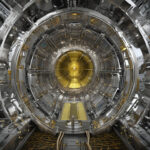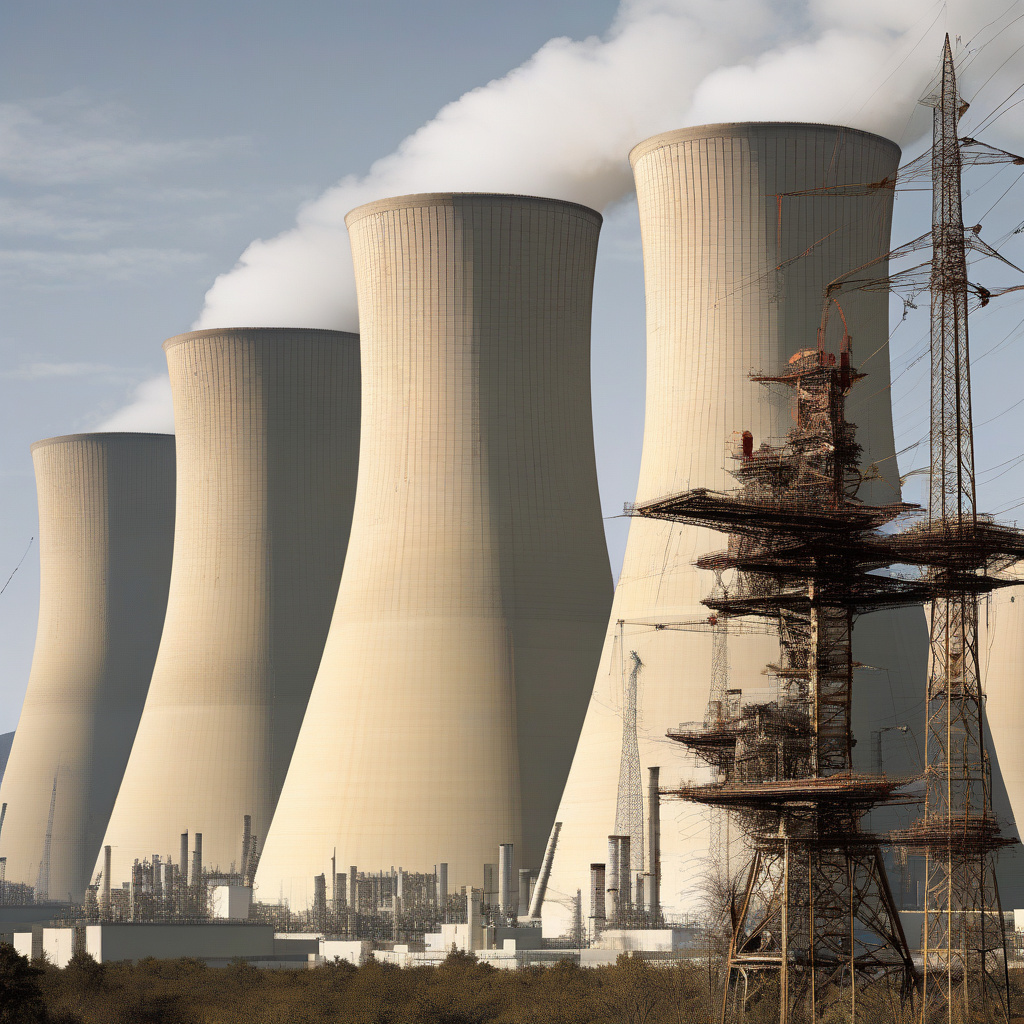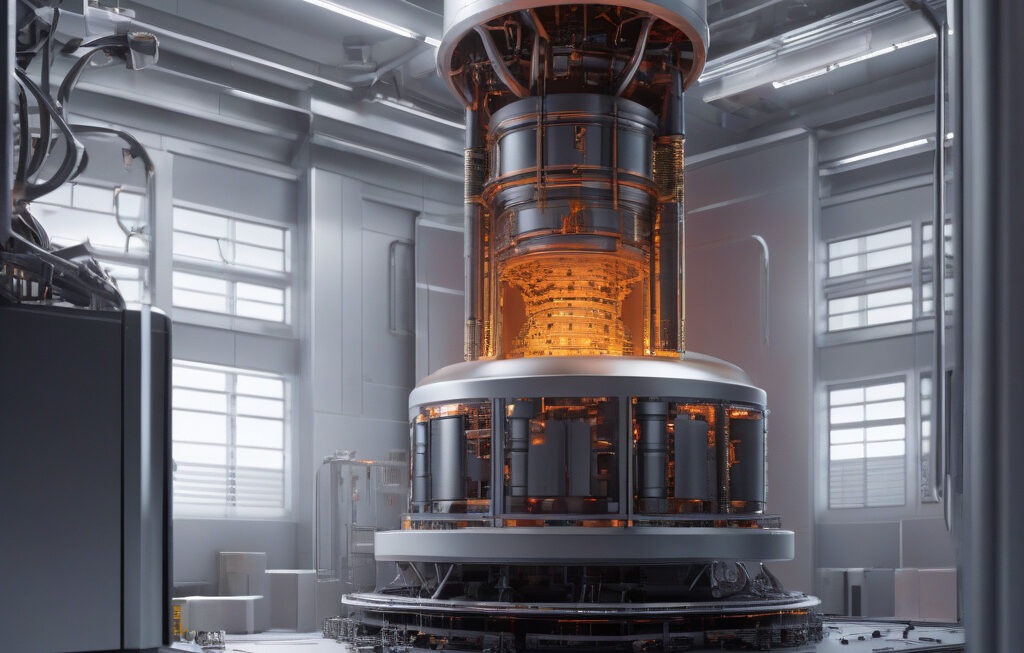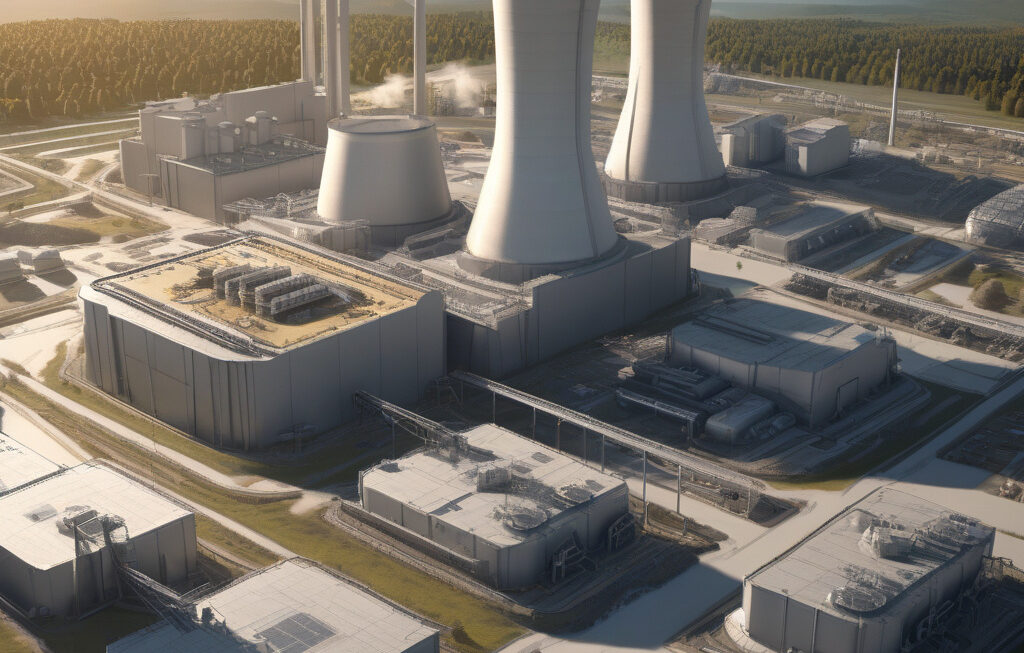Cost Curse: China’s $2 per Watt Nuclear Plants Highlight US, France Cost Woes
One of the problems associated with tapping nuclear energy is the high costs associated with building and operating nuclear power plants. In recent years, China has emerged as a frontrunner in the nuclear energy sector by successfully constructing nuclear power plants at a remarkably low cost of $2 per watt. This cost efficiency in China’s nuclear projects has brought to light the cost woes faced by countries like the United States and France, where nuclear plant construction costs are significantly higher.
The disparity in the cost of nuclear energy production between China and Western countries like the US and France can be attributed to several factors. One key factor is the difference in construction timelines. Chinese nuclear projects are completed much more swiftly than their Western counterparts, resulting in lower overall costs. Additionally, China benefits from lower labor costs and streamlined regulatory processes, allowing for more cost-effective project execution.
In contrast, the US and France struggle with prolonged construction timelines that drive up costs significantly. Delays in obtaining regulatory approvals, securing financing, and addressing public opposition all contribute to the inflated costs of nuclear plant construction in these countries. The intricate permitting processes and stringent safety regulations in the US and France, while crucial for ensuring the safety of nuclear facilities, also add layers of complexity and cost to the projects.
Moreover, the lack of standardized designs for nuclear reactors in the US and France further compounds cost issues. Each new nuclear project in these countries often involves custom designs and unique specifications, leading to higher costs associated with research, development, and regulatory compliance. In contrast, China has adopted a more standardized approach to nuclear plant construction, which not only reduces costs but also accelerates the deployment of nuclear energy infrastructure.
The cost disparity in nuclear energy production becomes even more pronounced when comparing the levelized cost of electricity (LCOE) from nuclear power plants in China, the US, and France. While China boasts an LCOE of around $30-$40 per MWh from its nuclear plants, the US and France face LCOE figures exceeding $60 per MWh. This substantial difference underscores the urgent need for Western countries to reassess their approach to nuclear energy development and learn from the cost-efficient practices employed in China.
To address the cost challenges plaguing the nuclear energy sector in the US and France, policymakers, industry stakeholders, and regulatory bodies must collaborate to streamline project approval processes, standardize reactor designs, and invest in workforce training and development. By adopting best practices from countries like China and prioritizing cost efficiency in nuclear plant construction, the US and France can enhance their global competitiveness in the nuclear energy market while ensuring a sustainable and affordable energy supply for the future.
In conclusion, China’s remarkable achievement of constructing nuclear power plants at $2 per watt serves as a wake-up call for the US and France, highlighting the pressing need to address cost woes in their nuclear energy sectors. By embracing innovation, standardization, and efficiency, Western countries can overcome the cost curse that has long hindered the development of nuclear energy infrastructure and pave the way for a more sustainable energy future.
nuclear energy, cost efficiency, China, US, France












